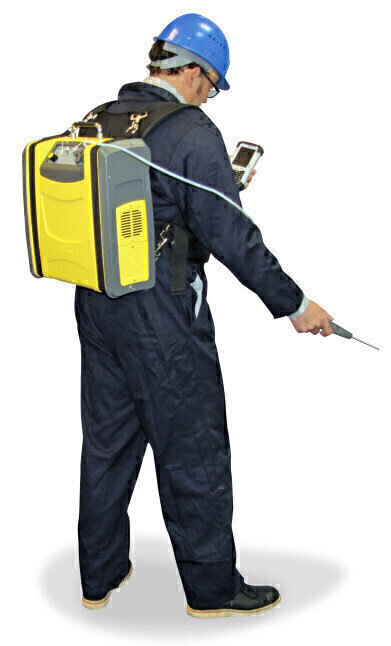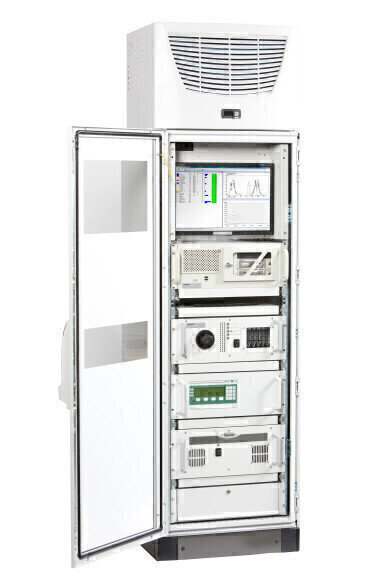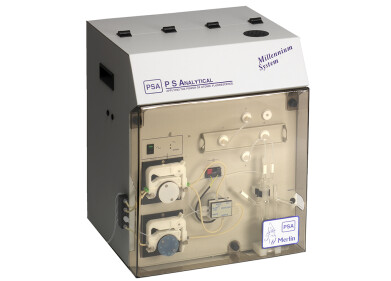Environmental laboratory
Multigas Monitors and the Growth of FTIR
Feb 18 2014
Gas monitoring instruments are being continually improved to take advantage of new technological developments and in response to new requirements. In general, instruments have become smaller, lighter, easier to operate and require less power. However, the main improvements have been higher measurement precision, reduced drift and reduced cross-sensitivity from the gas matrix. At the same time there has been a move away from single gas instruments to multiparameter instruments, either employing a range of technologies or a multiparameter technology such as FTIR.
Multiparameter analysers are generally more expensive than single parameter analysers. However, the cost comparison moves in favour of multiparameter as more gases are measured because the purchase cost of several individual analysers is likely to exceed the cost of a single multiparameter FTIR. In addition, the cost of ownership for FTIR is much lower because it does not need expensive re-calibration and the requirement for consumables is minimal.
A variety of factors affect the choice of analyser, but the regulatory requirement is of course the most significant. A coal fired power station for example, may only be required to monitor SO2, NOx and CO emissions, whereas a municipal waste incineration plant will have to monitor other parameters such as organic compounds, HCl, HF and dioxins and heavy metals etc.
FTIR is ideal for process operators that need to: 1) Analyse multiple components, or 2) Analyse hot/wet gas (HCl for instance) or 3) Analyse any gas in complicated gas mixtures.
The flexibility of FTIR to analyse new gases without the need for new hardware is particularly advantageous for manufactured products and processes which often change and necessitate an adjustment to the monitoring strategy. A further benefit of continuous process monitoring is that it provides an opportunity for feedback control of the process and/or the creation of alarms.
The most recent development in multigas monitoring is the transfer of FTIR technology to the portable instrument sector. This has resulted in a portable analyser that is able to produce laboratory levels of accuracy in the field, for almost any gas. The choice of analyser for process, ambient or stack monitoring is dictated by a wide range of factors that can have a substantial effect on the cost, so it is often helpful to obtain expert advice before making an investment in monitoring technology.
Digital Edition
AET 28.4 Oct/Nov 2024
November 2024
Gas Detection - Go from lagging to leading: why investment in gas detection makes sense Air Monitoring - Swirl and vortex meters will aid green hydrogen production - Beyond the Stack: Emi...
View all digital editions
Events
Jan 20 2025 San Diego, CA, USA
Carrefour des Gestions Locales de L'eau
Jan 22 2025 Rennes, France
Safety, Health & Wellbeing LIVE
Jan 22 2025 Manchester, UK
Jan 25 2025 San Diego, CA, USA
Jan 29 2025 Tokyo, Japan





















